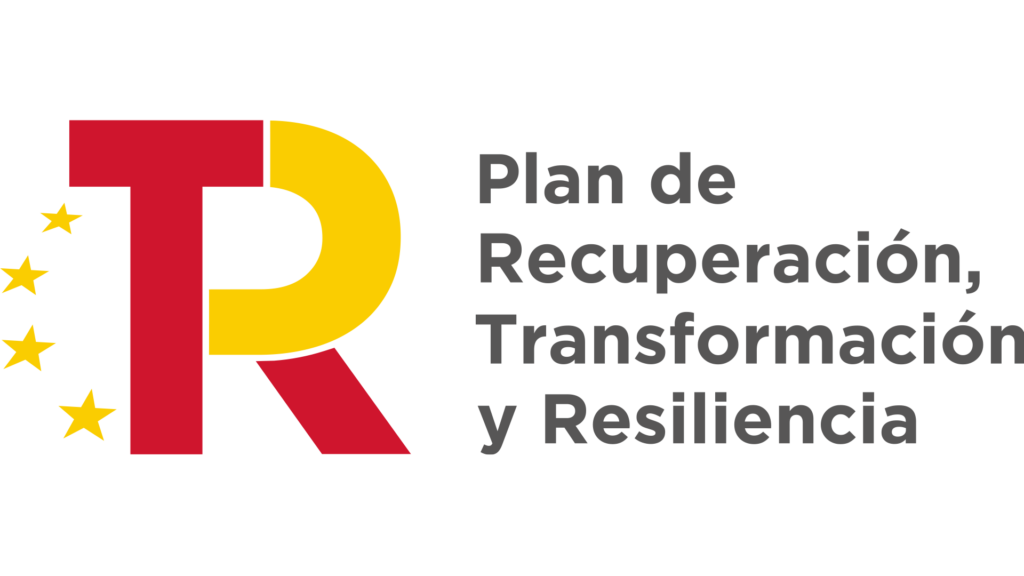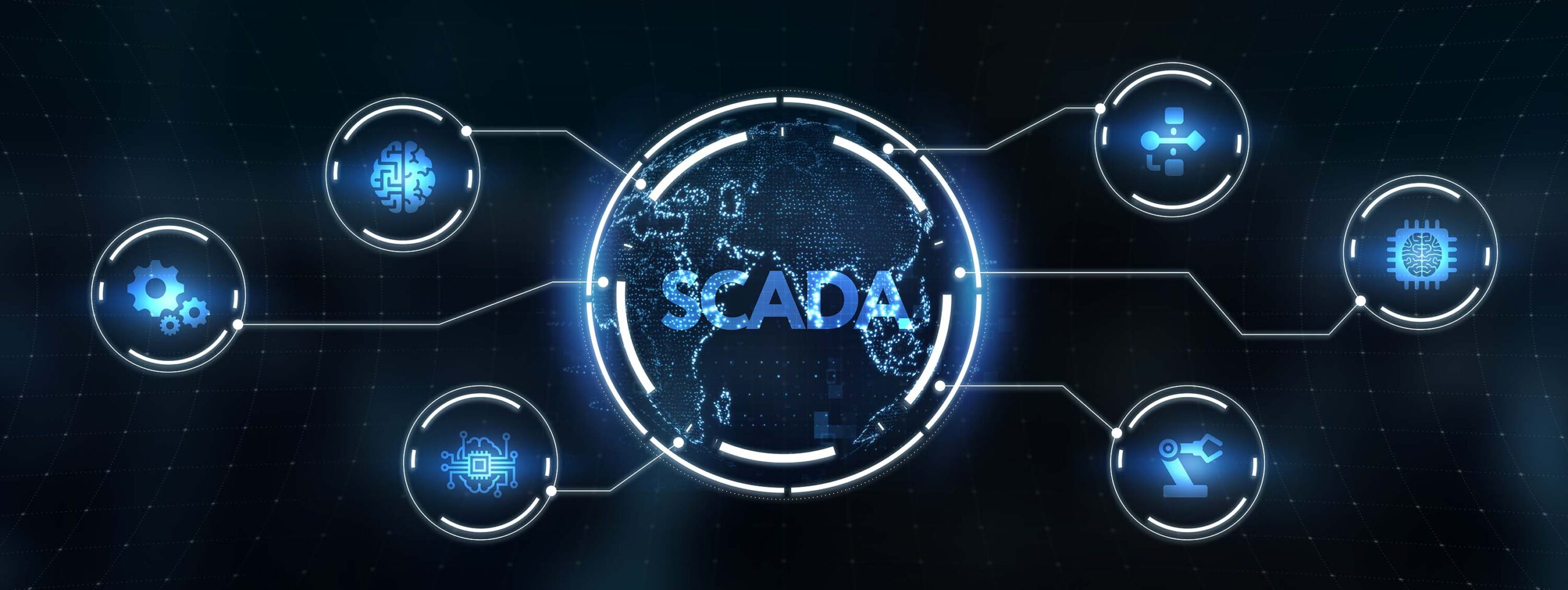
SCADA is the acronym for Supervisory Control And Data Acquisition.
There is a multitude of literature on the Internet regarding what a SCADA solution is, and the truth is that its acronym itself perfectly expresses its meaning, but here we are going to explain in more detail what it is and what we can do with it. a SCADA solution.
We like to emphasize that a SCADA is not a Software or a machine, but rather a System as a whole. It is true that there are SCADA programs on the market that do all the functions expected of it, but at Veritacom we understand them as a whole solution.
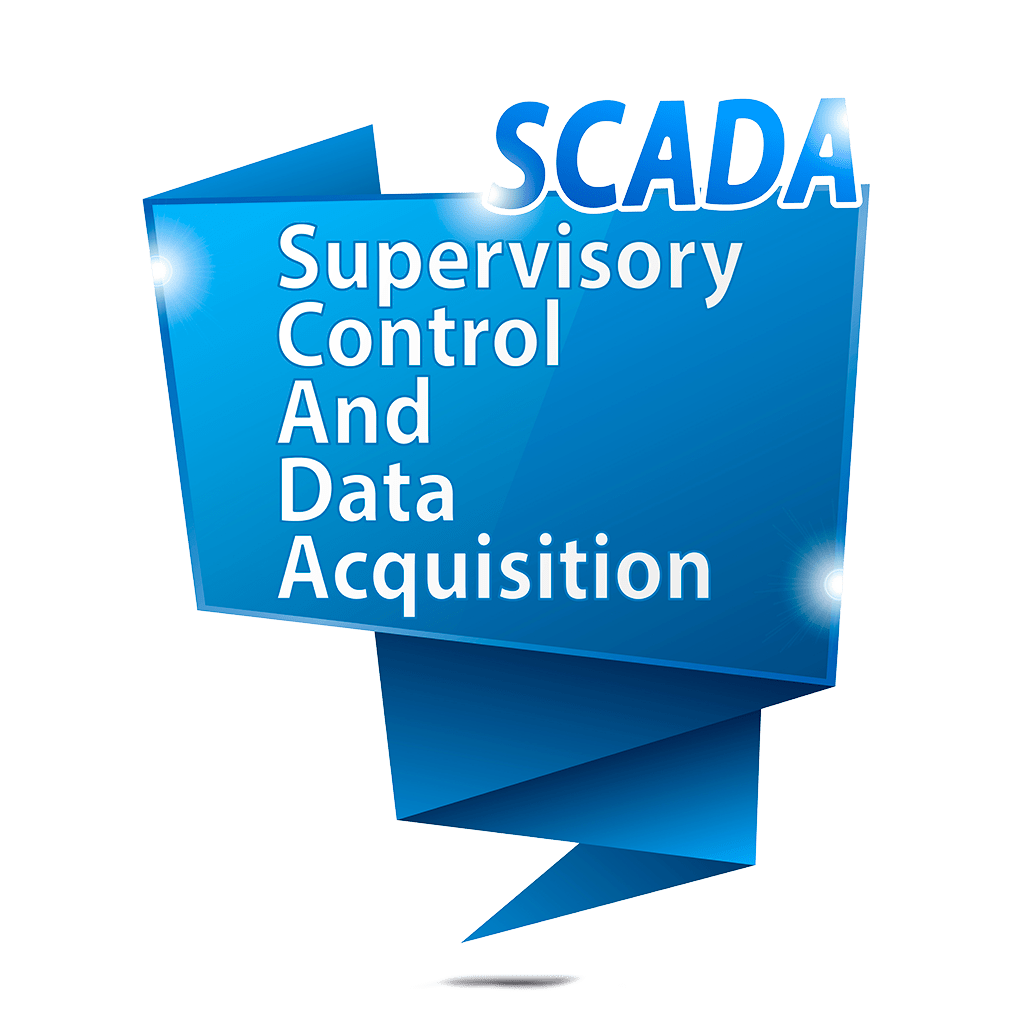
When thinking about a SCADA, in our opinion, the following elements must be taken into account to see it as a solution.
As you can see, in the end a SCADA is the program that we are going to manage, but by itself it will not be of much use if we do not have the rest of the elements well interconnected and properly implemented.

An HMI (Human Machine Interface) system is a user interface that allows a machine to communicate with a human being. With the use of an HMI system, communication between the machine and the operator is facilitated, so that the latter can perform their tasks correctly with greater comfort and quickly.
It is a system that allows us to interact with the machine, with the process, with information, with the operation, with the industry, with people, etc. In addition, it allows us to fully control the information, that is, the data we want to receive. Also, it allows us to interact with the processes in a simpler way, through an interface that is the screen.
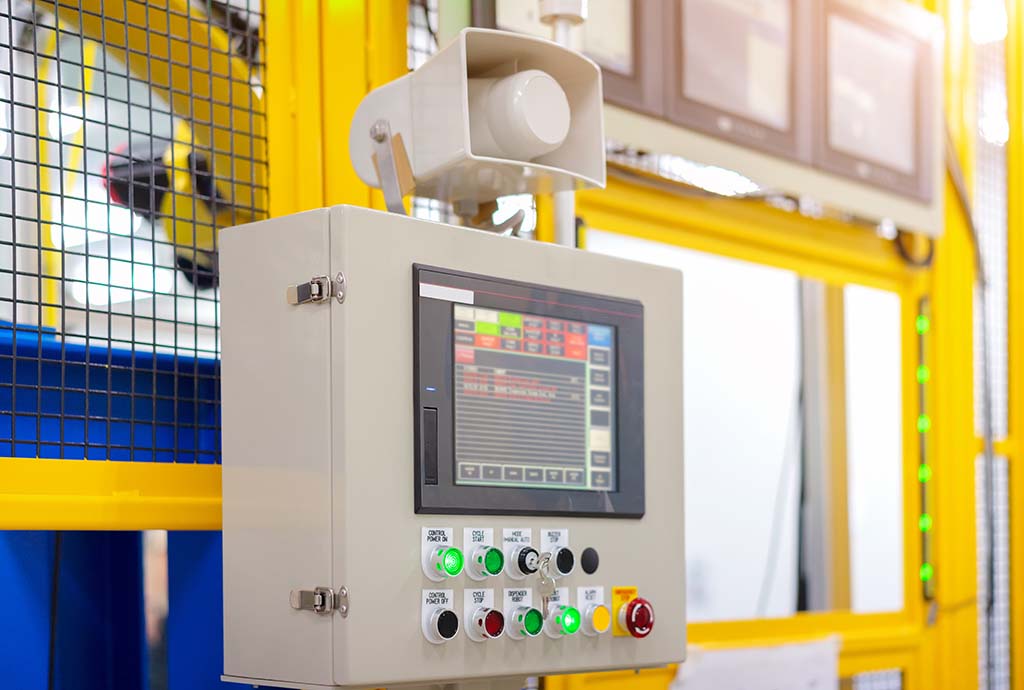
While an HMI system is oriented towards the monitoring and control of a particular machine, through a graphical interface such as a touch screen or a PC Panel, a SCADA solution is a higher level system with the same features as an HMI but greatly expanded, and aimed at an entire infrastructure, not just a machine. In addition to monitoring and control, a SCADA solution offers other applications in order to have a global vision of all facilities and make better decisions regarding production: alarm management, historization or recording of variables in databases, reports, integration with other industrial and management systems, and much more.
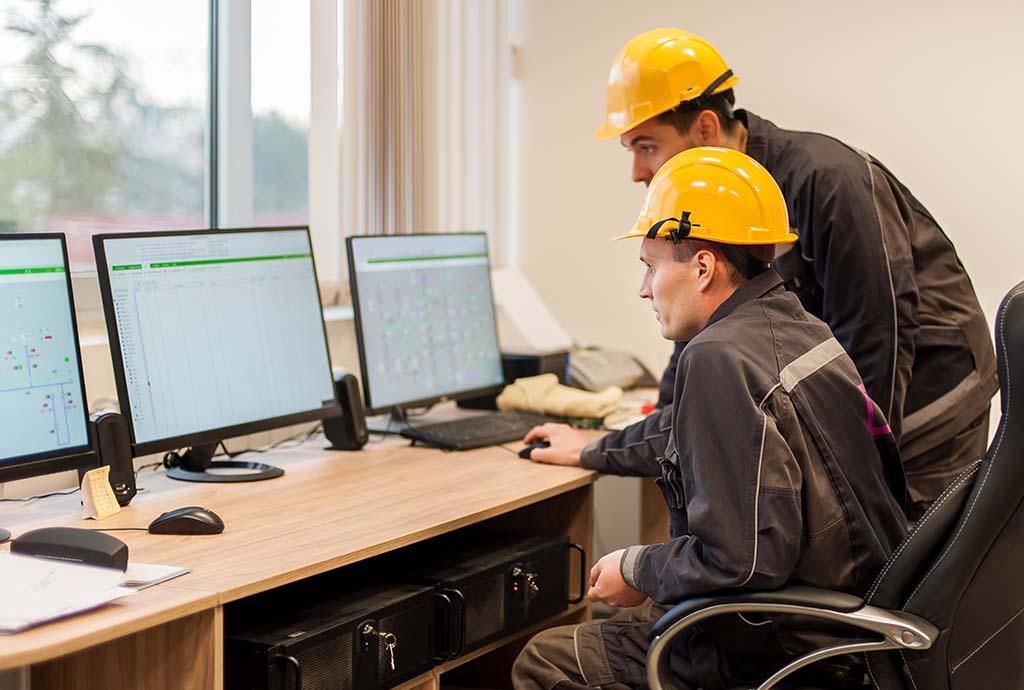
It is very common to confuse an HMI with a SCADA client. In fact, in many projects the HMIs are exact copies of SCADA monitoring and control clients, but located next to each machine throughout the entire infrastructure. Although it is true that the concepts can overlap, the main difference is that the HMI is an autonomous system, while a SCADA solution is hosted on a server located at any other point in the network of the plant or of the different plants. that make up the entire infrastructure, and that provides a global vision of the entire system.
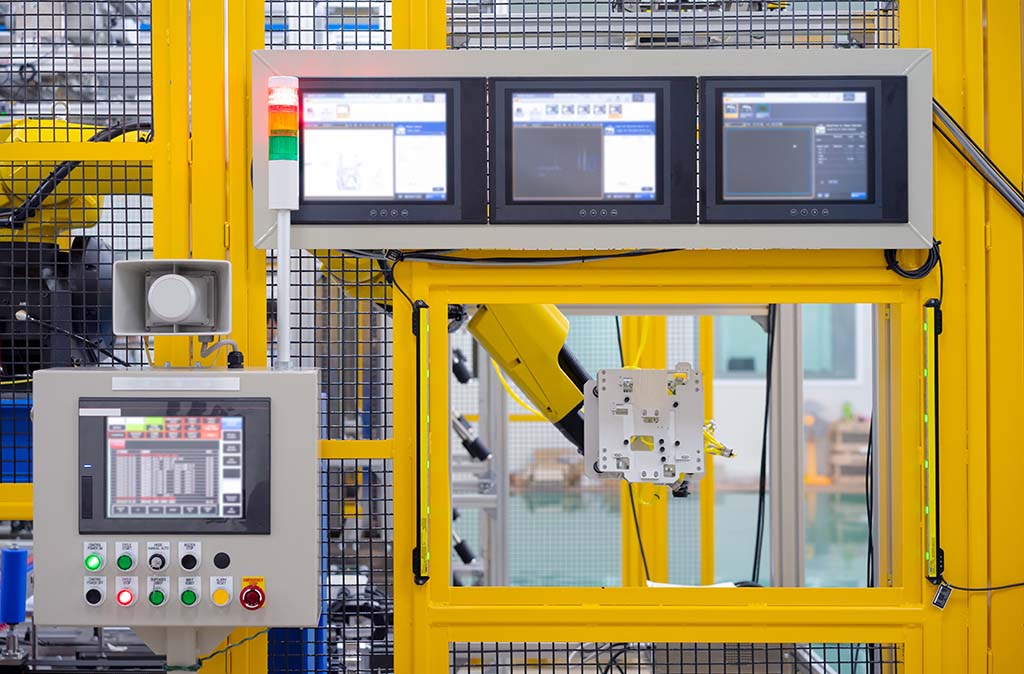
If we search the Internet we will find a multitude of SCADA Software. They all fulfill their function, there are Open Source (free to use), there are cheap and there are expensive.
At Veritacom we have tested many of them, and depending on the type of project, any of the ones you can find on the Internet can be used for. However, our experience in this regard is that a SCADA Software not only has to cover the needs that your company aspires to at the time of implementation, but also has to be capable of advancing with the needs of your company.
We have seen clients who, having decided on a SCADA Software of the type of, let’s say, low performance and once implemented in their company, have seen the enormous potential that it brings and seeing the limitations of the chosen SCADA, they have ended up implementing a more commercial one, assuming a double implementation cost and wasted time.

At Veritacom we have opted for two SCADA Software solutions in order to cover all the needs of our customers. Our staff is certified by both solutions, so we can choose any of them to suit all your needs; Wonderware AVEVA and atvise® .
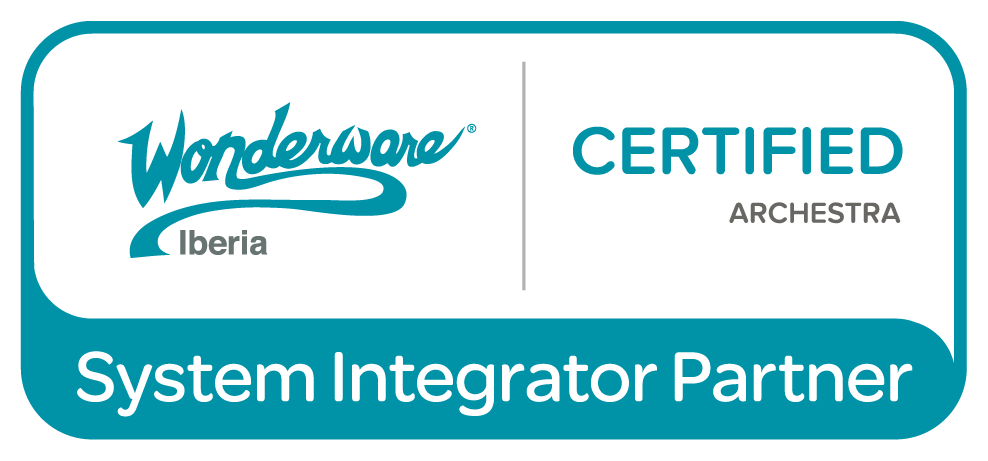
Both brands are of highly recognized prestige in the market worldwide, between the two they have the largest plant of facilities in the entire globe. In our view, each brand is better suited to each type of installation and client. These two solutions broadly cover the needs of all our clients, either by requirements or by budget.
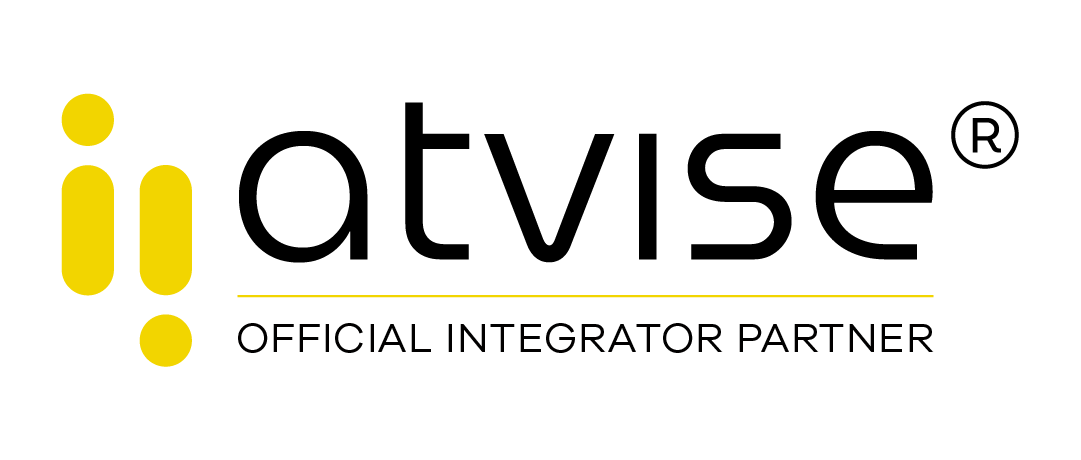
The installation of a SCADA solution can be done in three different ways:
The best option always depends on several factors. If the IT staff of your company and/or the company that develops the ERP/CRM systems have extensive knowledge of networking, Cloud solutions, Switching, protocols (Modbus, MQTT, OPC, etc.), they are also familiar with and have experience in implementation of SCADA solutions and the solution requirements are for a first start-up, it is very possible that your project will be a success.

When considering the implementation of a SCADA solution for the first time, there is a tendency to minimize or not to glimpse the real needs and dependencies that a solution of this type will have, not due to lack of capacity but due to lack of experience.
When at Veritacom we implement SCADA solutions, we know from experience the possible dependencies, interactions and impacts that this type of solution has. We look beyond the simple implementation and requirements that the client wants, since we know that in the short, medium or long term, much more will be required of a SCADA solution than what it was initially conceived for.

In addition to all of the above, all SCADA Software have an important learning curve that must be saved, not only to manage the SCADA Software itself, but simply to understand the previous concepts of the solution such as protocols, architecture, best practices, history, variables, alarms, API’s etc.
As it cannot be otherwise, at Veritacom we will always recommend that you have a specialist partner in SCADA solutions and that they have the relevant certification in the solutions they offer you. In the short, medium and, above all, in the long term, you will see that you have saved time and a lot of money with this decision.

